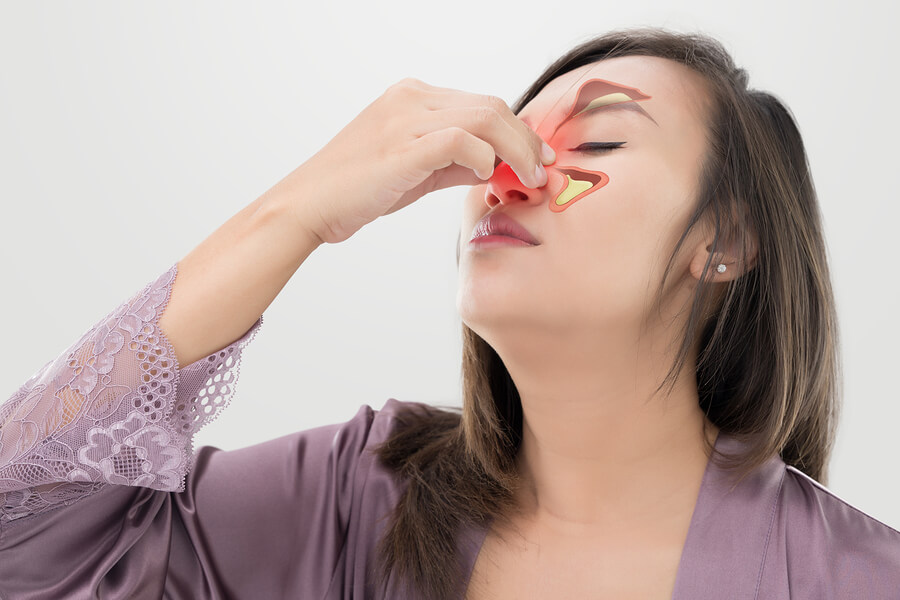Seasonal Mold Allergy Symptoms

There is mold everywhere. It may make you squirm to hear it, but there is always some amount of mold in the air and on many surfaces around you. Molds have been on the Earth for millions of years. Unfortunately for some people, they are sensitive to molds and during various seasons they have allergy symptoms that just won’t go away.
Mold is a fungus. That means its seeds are called spores that travel through the air. Some spores spread in dry, windy weather. Others spread with the fog or dew when humidity is high. Inhaling the spores causes allergic reactions in some people. So, if you have an allergy that occurs over several seasons, you may be allergic to mold.
Symptoms
Allergic symptoms from mold fungus spores are most common from July to early fall. But mold grows in many places, both indoors and outside, so allergic reactions can occur year round. Mold allergies are progressive. Over time, the attacks become more severe.
Seasonal mold allergy symptoms include:
- Itchy, teary eyes
- Chronic congestion
- Sneezing
- A Runny Nose
- Wheezing
- Itchy skin or rash
- Hives
These symptoms can often lead to other health issues if not taken care of. This would include insomnia, trouble concentrating, fatigue and depression. It is best to see your doctor if you have a stuffy nose, sneezing, watery eyes, shortness of breath, wheezing or other bothersome symptoms that persist. Your doctor may be able to prescribe antihistamines or other medications to ease your symptoms so your allergy issue does not turn in to a more serious health situation.
Prevention
There is no cure for mold allergies. But, you can reduce your allergy symptoms by reducing mold exposure both outside and inside. This includes:
- Limiting outdoor activities when mold counts are high. This will lessen the number of mold spores you inhale and your symptoms.
- Wearing a dust mask when cutting grass, digging around plants, picking up leaves and disturbing other plant materials.
- Using central air conditioning with a HEPA filter attachment. This can help trap mold spores from your entire home. Freestanding air cleaners only filter air in a limited area.
- Lowering your indoor humidity. If indoor humidity is above 50 percent, fungi will thrive. The goal is to keep humidity below 45 percent, but below 35 percent is better.
- If you have to use a humidifier, clean the fluid reservoir at least twice a week to prevent mold growth. Air conditioners and dehumidifiers can also be a source of mold.
Unlike pollens, molds may persist after the first killing frost. So, unfortunately, the molds you are sensitive too will likely be around longer than you wish. And while mold exposure is generally not deadly, increased exposure can make symptoms worse. But by knowing the symptoms and how to avoid exposure, you may be able to breathe a little easier. If you’re looking to have mold removed from your home, contact us at Mold & Air Quality Professionals today.
